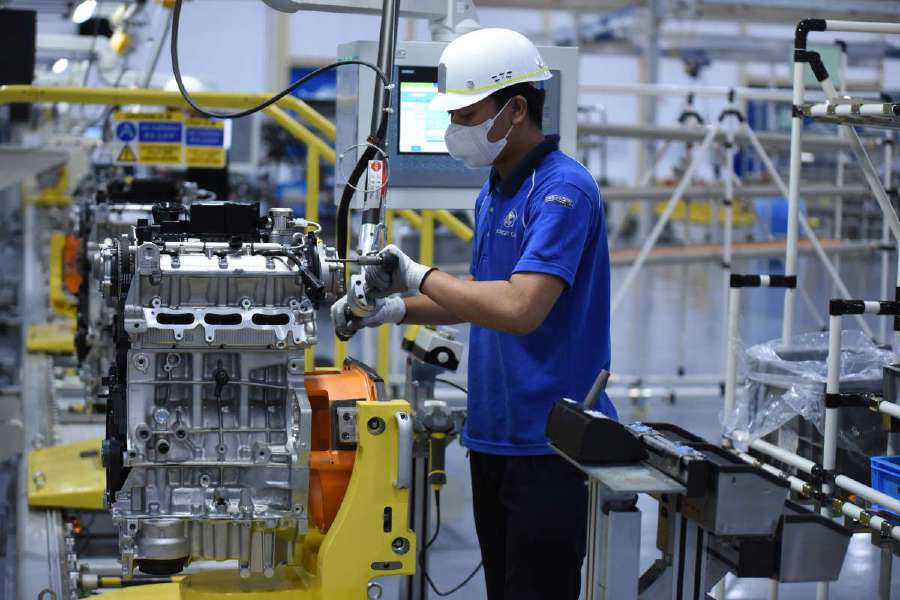KUALA LUMPUR: The future of Southeast Asia's electronics industry hinges on its ability to collaborate, innovate, and adapt to a rapidly evolving global landscape, SEMI Southeast Asia president Linda Tan said.
Over the past two decades, she said, the semiconductor industry in Southeast Asia had experienced remarkable growth.
"Countries such as Malaysia, Singapore, Vietnam, Thailand and the Philippines have emerged to bring unique strengths to the global semiconductor industry and today play key and growing roles in the manufacture of the chips that power the electronic devices that are so important in our daily lives," she added.
Tan pointed out that the electrical and electronics (E&E) industry in Malaysia produces 13 per cent of global back-end semiconductors, driving 40 per cent of the nation's export output and contributing about 5.8 per cent to the country's GDP in 2023.
"The country is welcoming more investments in its semiconductor value chain, while also establishing its presence in chip assembly, packaging and testing as well as electronics manufacturing services.
"Malaysia's New Industrial Master Plan(NIMP) 2030 aspires to develop more front-end capabilities such as integrated circuit design, wafer fabrication, semiconductor machinery and equipment manufacturing in Malaysia," she noted.
Recently, Malaysia introduced two IC design parks in Selangor and Penang to elevate the country's global standing in design, foster economic growth and create high-value jobs.
The Selangor IC Design Park will enhance Malaysia's position in the global industry, while the new one million square feet IC design and digital park in at the Bayan Lepas Industrial Park in Penang highlights the state's commitment to innovation, industry growth, and talent attraction.
Tan said in recent years, geopolitical tensions had reshaped the global economic landscape and motivated many companies to explore expansion and collaboration opportunities beyond their borders.
She said Southeast Asia has emerged as a prime beneficiary of this shift, with its strategic location, skilled workforce, and robust infrastructure, making it an attractive destination for electronics manufacturing and investment.
However, for Southeast Asia to fully capitalise on this opportunity, the region must work together as a cohesive ecosystem.
"For collaboration to be successful, all stakeholders, including governments, industry associations, educational institutions, and businesses, must be committed and engaged.
"The industry must establish platforms for dialogue, knowledge sharing, and joint initiatives that facilitate cooperation and foster a culture of collaboration across borders," she said.
To leverage on this opportunity, Tan said discussions on collaborations amongst Southeast Asia players will take place from May 28-30 at the upcoming SEMI's Semicon Southeast Asia 2024.
SEMI said the conference, themed "Boosting Agility and Resiliency of the Global Electronics Supply Chain", will feature more than 500 exhibiting companies and more than 1,000 booths, doubling participation from last year's exhibition and conference.
"The event will feature forums that delve into the various Southeast Asia chip sectors and industry trends, as well as roundtable discussions on the importance of collaborative efforts amongst industry players," she said.
